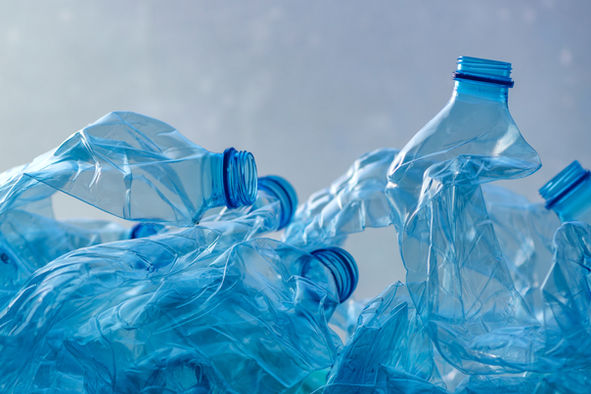
What are Microplastics?
PERSISTANT POLLUTANTS
What Are Microplastics and Where Do They Come From?
Microplastics are tiny plastic particles measuring less than 5 millimeters in size. They exist in many forms, including fragments, fibres, spheres, films and pellets. Microplastics are categorized into two main types based on their origin:
-
Primary microplastics are intentionally produced for industrial cleaning supplies, cosmetics, and plastic molding,
-
Secondary microplastics are formed by the breakdown of larger plastics through UV exposure and physical wear.

Washing clothes is the largest source of microplastic pollution.
Up to 35% of microplastics polluting our oceans originate from washing synthetic textiles in our homes.
How Does This Happen?
Every time you toss your clothes into the washing machine, a quiet yet significant battle unfolds. Mechanical friction and chemical stress cause tiny fibres to break free from your garments.

Released fibres from synthetic textiles, like polyester, nylon, and spandex, are a form of microplastics.
.png)
An average load of laundry produces 700,000 microplastics!
.png)
.png)
Our precious oceans are impacted as the water carrying these microplastics travels from your home through wastewater treatment plants and eventually into natural waterways.
Microplastics are 'persistent' pollutants
Once introduced into the natural environment, microplastics undergo fragmentation into smaller particles but unlike other organic materials, they do not decompose for decades!
They continue to accumulate in the environment, contributing to the presence of over 350 trillion particles in our oceans.


MICROPLASTICS IMPACT ON AQUATIC LIFE
Microplastics have been discovered in approximately 700 aquatic species, leading to behavioral, reproductive, and physiological changes.

MICROPLASTICS AND CLIMATE CHANGE
Microplastic pollution can negatively impact the carbon -sequestration capacity of oceans and mangroves, contributing to climate change and global warming.

MICROPLASTICS IMPACT ON HUMAN HEALTH
Microplastics also affect humans. They contaminate our food sources, causing health issues like immune system disruption, inflammation, and carcinogenicity.

